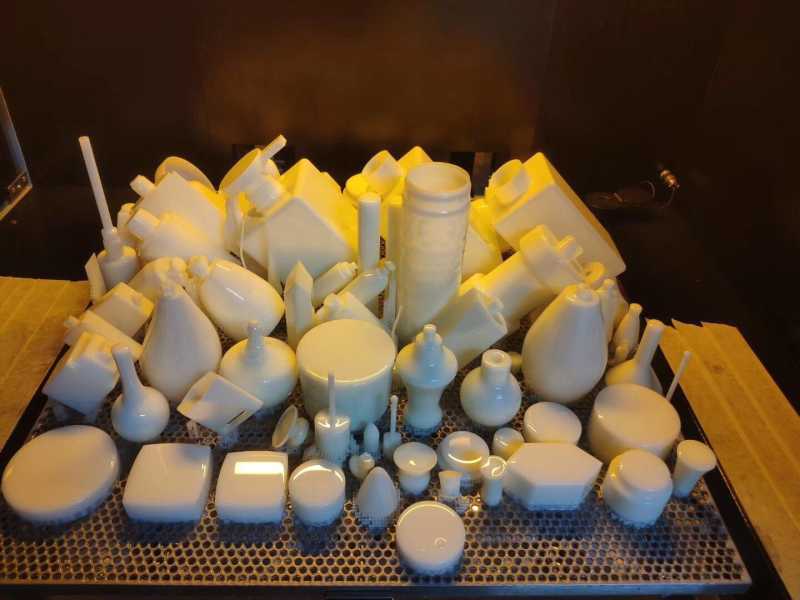SLA (Stereolithography) is known for being the original 3D printing technology, which uses mirrors known as galvanometers. The galvanometers in SLA printing rapidly aim and beam across the platform curing and solidifying the resin in the process. DLP, also known as Direct Light Processing, uses a digital light projector screen which builds an image of each layer requested over the platform. Both types of 3D printing are used by many 3D printing NYC companies, but what are the differences between these two?
Stereolithography is considered more accurate, because it works on every single pixel, building it in the process; in contrast to Direct Light Processing (DLP) which quickly builds the layers as a whole. DLP is a quicker way to build parts. These parts may end up being rougher, though they may look indistinguishable at first.
Once both post-processing and support removal has been done, you will notice that SLA's parts are smoother than DLP. These make them great for visual model parts and injection mold prototyping. SLA can create finer and more exact details in contrast to DLP because it has a smaller layer height and laser spot size which in turn can create sturdier and smoother looking parts.
SLA’s technology doesn’t depend on heat, so it is excellent for producing either smaller or bigger parts without too much trouble. Because of this technological advancement, SLA makes large scale 3d printing possible. Many companies utilize SLA printing to create whole structures, such as a desk, or even car companies which build bumpers and other important car parts via SLA 3D printing technology.
With SLA, you can utilize materials similar to glass, biocompatible materials, casting resins and many other options. The materials utilized in SLA 3D printing are utilized by dentists, car companies, jewelers and many more. Other materials include ABS plastic, PLA, nylon, epoxy resins, silver, titanium, steel, wax and much more.
SLA 3D printing is photosensitive, so the parts can degrade if exposed to direct sunlight for longer portions of time. When performing SLA 3D printing, you also require support materials and post-curing to ensure a functional piece. This makes the cost of 3D printing higher than other options. When printing with SLA, you also need to consider support, hollow sections and also part orientation.
SLA 3D printing is a very well used and reliable 3D printing method, which is already employed by dentists, car companies, jewelers, toy crafters and many more. The parts created on SLA are smoother and better than on DLP, but these can take longer to be used because SLA also needs support materials and post-curing to ensure you have a functional part. The good part about SLA is that rather than curing via UV lights you can simply use the sun!
Interested in 3d printing high resolution parts? Check out our SLA 3D printing service to get an online quote.
